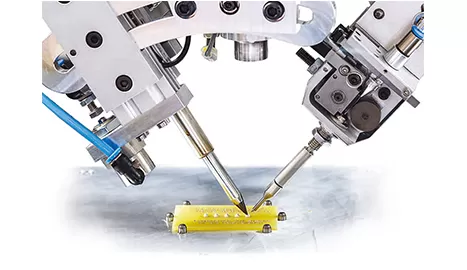
In the realm of robotics, precision is paramount. From industrial automation to cutting-edge research, robotics demand seamless and accurate movement. Linear guides play a pivotal role in enabling this precision, providing the foundation for smooth motion and reliable performance. In this article, we delve into the world of robotics and unveil how linear guides are the unsung heroes behind the precision in motion that defines the field.
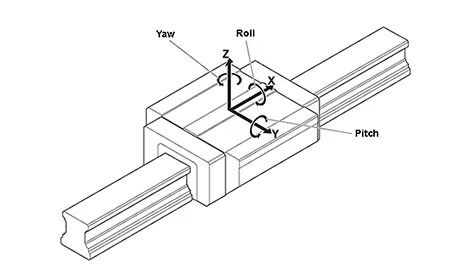
In the world of linear motion systems, understanding Basic Load Ratings is essential for ensuring optimal performance, longevity, and safety. Whether it's heavy machinery, robotics, or precision equipment, the ability of linear guides, ball screws, and cross roller guides to handle specific loads directly impacts their efficiency. In this article, we'll delve into the intricacies of Basic Load Ratings, shedding light on how they influence your choice of components from PINSI.
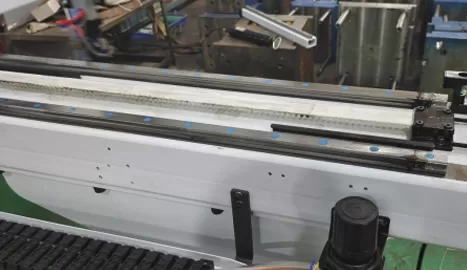
In today's fast-paced industrial landscape, maximizing productivity is essential for staying competitive. One key factor that significantly impacts productivity is the efficiency and speed of linear motion systems. High-speed linear guides have emerged as a game-changer, offering exceptional performance and reliability. This article will explore how high-speed linear guides can enhance productivity in various industries and highlight the advantages they bring to your operations.
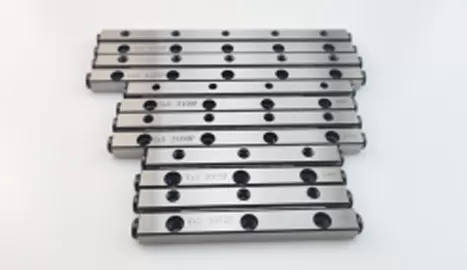
Cross Roller Guides for Precise Motion Control

Medical equipment plays a critical role in delivering quality healthcare. The precision and reliability of these devices are essential for accurate diagnoses and successful treatments. One vital component that contributes to the performance of medical equipment is the cross roller guide. In this article, we will explore the advantages of cross roller guides in medical equipment and how they enhance the functionality and effectiveness of these crucial devices.
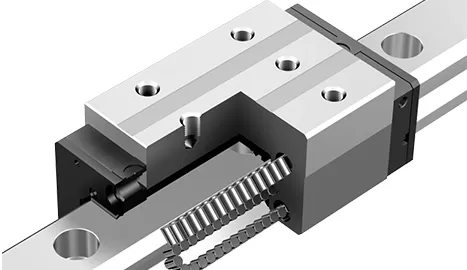
When it comes to choosing the right linear guide for your application, it's important to understand the various types available and their unique characteristics. Linear guides play a crucial role in providing smooth and precise linear motion in a wide range of industries, from manufacturing and automation to robotics and medical equipment. In this article, we will compare different types of linear guides offered by PINSI, helping you make an informed decision based on your specific requirements.

When it comes to linear motion systems, choosing the right screw mechanism is crucial for achieving optimal performance. Two popular options in the market are ball screws and Trapezoidal screws. Both have their own advantages and applications, but understanding their differences is essential to make an informed decision. In this article, we will compare ball screws and Trapezoidal screws, highlighting their unique characteristics and helping you determine which one is the best choice for your specific requirements.

In the world of linear motion, precision, smoothness, and stability are essential for achieving optimal performance. That's where cross roller guides come into play. Cross roller guides are a critical component in various industries, offering exceptional accuracy, rigidity, and reliability. In this article, we will explore the benefits and applications of cross roller guides, highlighting why they are the key to achieving smooth and stable linear motion.
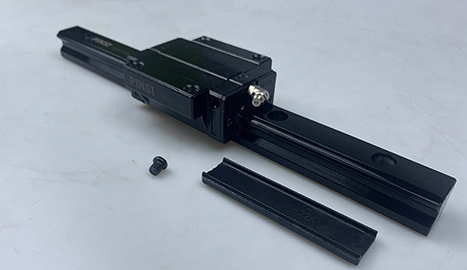
Linear guides are currently widely used in high-precision equipment such as modern robots, CNC machine tools, food processing, and semiconductor manufacturing. Its advantages lie in high accuracy, reliable quality, long life, smooth movement and so on. The material selection and influencing factors of the linear guide directly affect its performance and service life.

Automation has revolutionized industries by streamlining processes, increasing productivity and minimizing human intervention. One of the key components driving this efficiency is the Crossed Roller Guide. In this article, we take a deep dive into the world of Crossed Roller Guides and discuss how they can play a key role in increasing the efficiency of automation in a variety of applications, thus perfectly aligning with PINSI's vision of seamless motion solutions.

When it comes to linear motion systems, choosing the right screw mechanism is crucial for achieving optimal performance. Two popular options in the market are ball screws and Acme screws. Both have their own advantages and applications, but understanding their differences is essential to make an informed decision. In this article, we will compare ball screws and Acme screws, highlighting their unique characteristics and helping you determine which one is the best choice for your specific requirements.

In the world of CNC machining, precision, accuracy, and efficiency are paramount. To achieve exceptional results, every component of the CNC machine must perform at its best. One such critical component is the ball screw. In this article, we will delve into the importance of high-quality ball screws in CNC machining and how they contribute to the overall performance and success of the process.

In the fast-paced world of industrial automation, precision and reliability are key factors for achieving optimal performance. One crucial component that plays a significant role in ensuring smooth and accurate movement is the linear guide. In this article, we will explore the numerous benefits of using linear guides in industrial automation systems, highlighting their impact on productivity, efficiency, and overall performance.

In the fast-paced world of packaging, efficiency and precision are crucial for meeting production demands and ensuring product quality. One component that plays a significant role in the performance of packaging machinery is the ball screw. In this article, we will explore how ball screws contribute to maximizing efficiency and performance in packaging machinery, and why choosing high-quality ball screws from PINSI is essential for your packaging equipment needs.
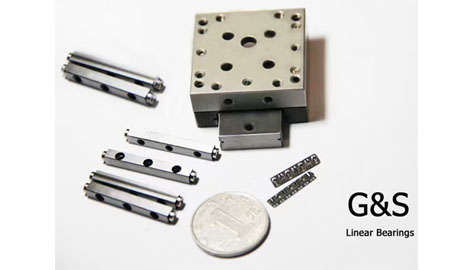
Medical equipment plays a critical role in delivering quality healthcare. The precision and reliability of these devices are essential for accurate diagnoses and successful treatments. One vital component that contributes to the performance of medical equipment is the cross roller guide. In this article, we will explore the advantages of cross roller guides in medical equipment and how they enhance the functionality and effectiveness of these crucial devices.